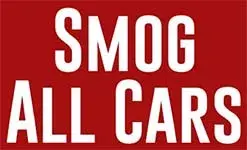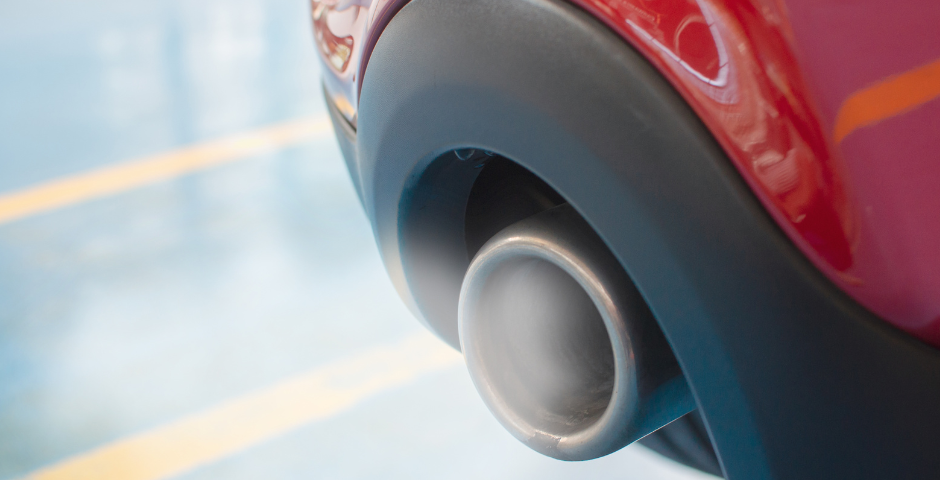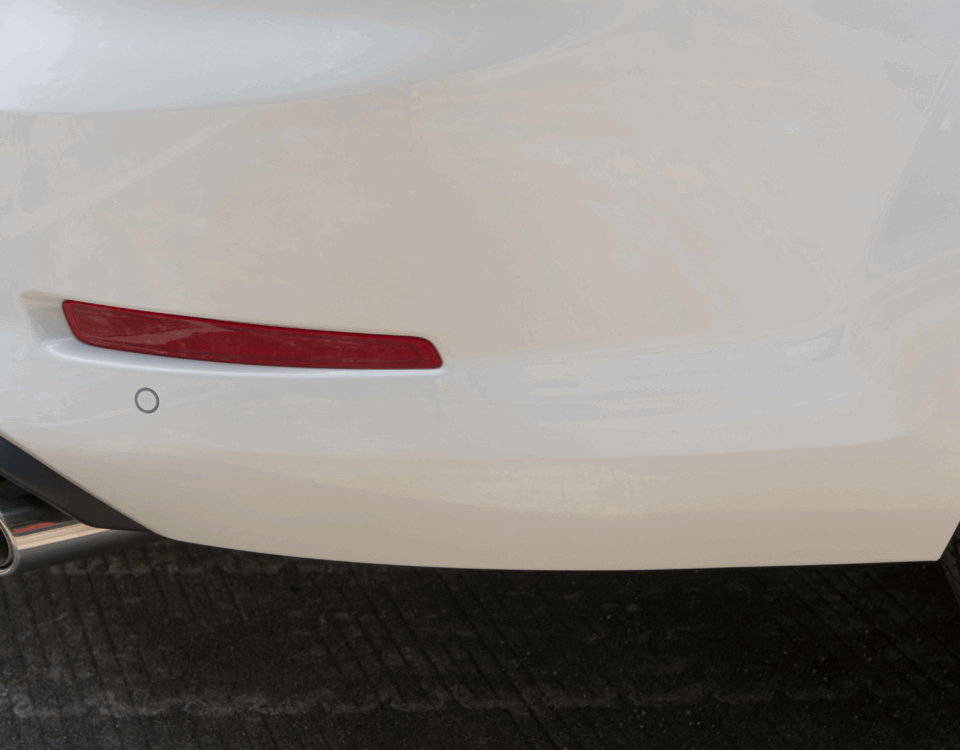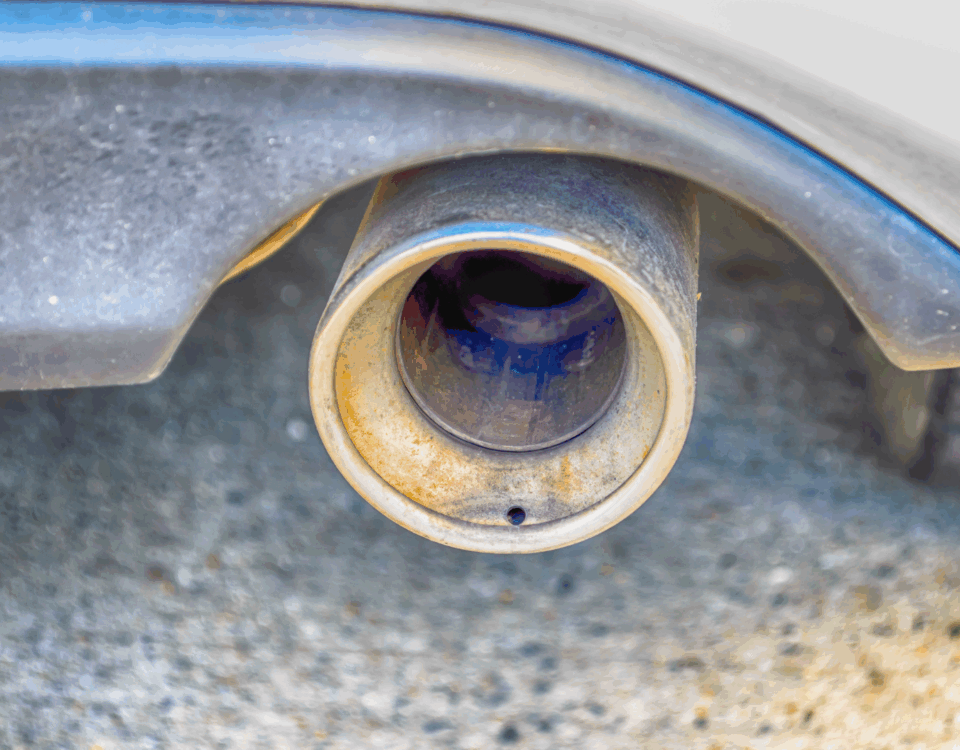How to Pass a Smog Test for Your Car – Tips and Tricks
March 14, 2023
Understanding the Results of Your Car’s Smog Test
March 14, 2023The Importance of Regular Smog Testing for Your Vehicle
The Importance of Regular Smog Testing
Keeping your vehicle up to date with emissions testing is essential for both your health and the environment. Not only does it prevent excess exhaust from leaking into the air, but it also ensures that your vehicle is running efficiently and safely.
Smog tests are required every two years for vehicles in California, and drivers can find out if their car needs a smog check by visiting the Department of Motor Vehicles website. The smog test can be completed in less than 20 minutes for 2000 model year or newer vehicles. It can take longer for older models and vehicles requiring the BAR-OIS Plug & Play inspection, as well as for hybrids.
Your vehicle’s smog test will be conducted at an authorized smog test station, so it’s important to find one that is certified by the State of California. Smog stations are inspected regularly to ensure that they meet state-specific smog standards.
The test can be completed in a short amount of time, ranging from 10 to 20 minutes for 2000 model year or newer cars and trucks. Older and hybrid vehicles often take a little longer, but it’s worth the wait for the peace of mind that comes with knowing your vehicle is operating in compliance with California law.
Prepare Your Vehicle For the Test
Before bringing your car into the smog test station, make sure it is warm and has a full tank of gas. If you don’t have enough fuel, your engine won’t be able to run as well during the test. Similarly, if your coolant tank is empty, it won’t be able to keep your engine cool, which can also hurt your chances of passing the test.
Tune-up Your Car
Getting a tune-up can help prevent problems that might cause your car to fail its smog test. It can help identify and fix issues that can affect the test, like a dirty air filter or a leaky gas cap. It can also ensure that your fuel injection is working properly and that you aren’t releasing excessive hydrocarbons into the atmosphere.
You should schedule a tune-up and get it done 100 to 200 miles before your test, so our mechanics can disconnect the battery, reset your vehicle’s computer, and perform the needed services. During the tune-up, your mechanic can also remove and replace the oil, flush the coolant, replace the thermostat and check spark plugs, wires and other components to see if there are any concerns.
Avoid Jumping Your Car Before the Smog Test
When you jump your car, it will likely shut down the internal self-monitoring systems in your car, which includes your emissions monitor. This may cause your emissions to be inaccurate, which will result in a failure of the smog test.
A smog test can also be affected by an illuminated check engine light, which should be addressed as soon as possible. This will ensure that the mechanic can easily access your vehicle’s diagnostic codes and repair any problems before they can impact your smog test results.






